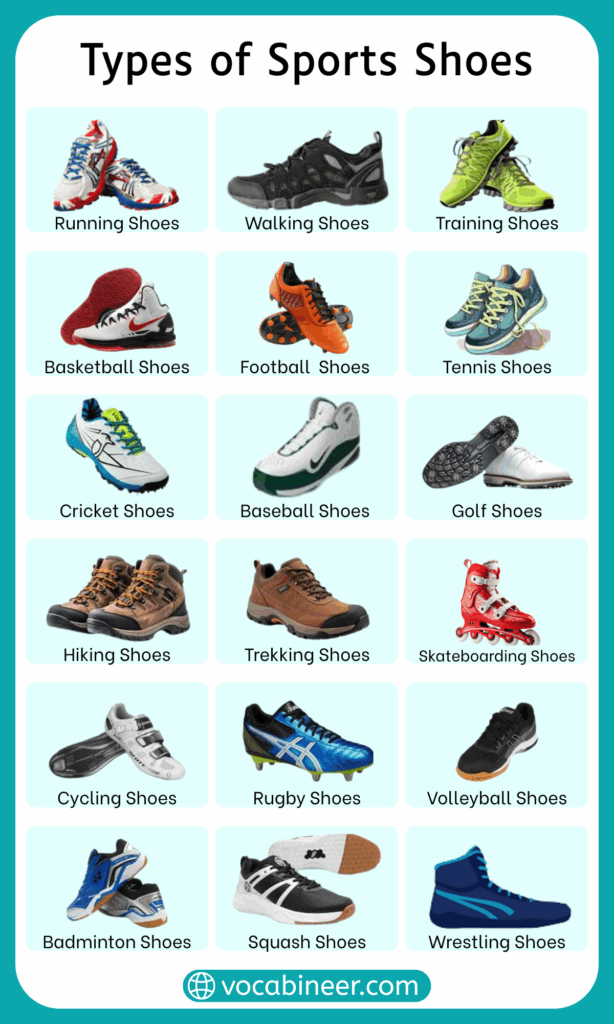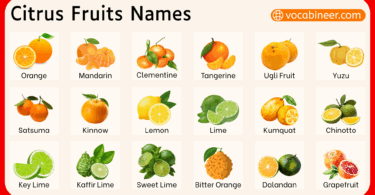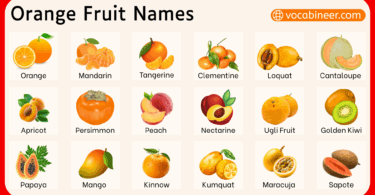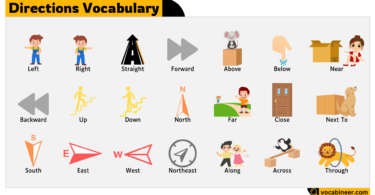Different types of sports shoes name with pictures give you a clear way to connect footwear with sports. Each design matches the activity, whether it’s running, training, or playing on a court or field. This post provides a sports shoes name list with short, easy notes so you can understand and talk about them in gyms, matches, or outdoor settings.
In This Page
Running Shoes
Running shoes are designed for forward motion. Cushioning, grip, and flexibility vary depending on speed, distance, or terrain.
- Road Running Shoes: Cushioned soles built for hard surfaces like roads and pavements.
- Trail Running Shoes: Heavy tread and strong grip to handle dirt paths and rocky ground.
- Racing Flats: Ultra-light shoes with thin soles made for speed in short-distance races.
- Cushioned Running Shoes: Thick padding to protect joints during long-distance runs.
- Track Spikes: Shoes with metal or plastic spikes for grip on running tracks.
- Stability Shoes: Designed with firm midsoles to support runners with overpronation.
Training and Gym Shoes
Training shoes are versatile and support mixed activities in gyms or fitness classes. They focus on balance and varied movement.
- Cross-Training Shoes: Flat soles for stability during gym workouts and light cardio.
- Weightlifting Shoes: Raised heels and stiff soles for secure heavy lifting.
- Minimalist Shoes: Barefoot-style design to allow natural foot movement.
- Aerobic Shoes: Lightweight shoes designed for dance, aerobics, or step workouts.
- Boxing Shoes: High-ankle shoes with thin soles for quick footwork in the ring.

Court Sports Shoes
Court games require shoes that handle quick stops, jumps, and side-to-side motion. Each shoe type is built for one sport.
- Basketball Shoes: High tops with ankle support and cushioned soles for powerful jumps.
- Tennis Shoes: Durable outsoles designed for sliding and sudden lateral movements.
- Volleyball Shoes: Light and springy, built for fast jumps and soft landings.
- Badminton Shoes: Non-marking soles with excellent grip for quick indoor play.
- Squash Shoes: Indoor shoes with low soles to keep stability during fast turns.
- Handball Shoes: Designed for speed, grip, and control in indoor courts.
Field Sports Shoes
Field shoes have studs or cleats for grip on grass or turf. Each sport uses a variation.
- Soccer Cleats: Low-cut with studs, built for ball control and traction.
- Rugby Boots: Strong studs and heavy design for grip in scrums and tackles.
- Baseball Cleats: Lightweight design for sprinting and sudden stops on dirt.
- Cricket Shoes: Spiked soles for steady grip on grass wickets.
- Lacrosse Cleats: Similar to soccer cleats but with toe studs for quick bursts.
- Field Hockey Shoes: Spiked or rubber-studded soles for turf and grassy fields.
Outdoor and Adventure Shoes
Outdoor activities need tough shoes with grip, protection, and support. These types are common in hiking and adventure sports.
- Hiking Shoes: Durable soles and ankle support for uneven trails.
- Trekking Boots: Heavy boots with thick soles for long mountain walks.
- Climbing Shoes: Tight-fitting, sticky soles to grip rocks while climbing.
- Trail Sneakers: Hybrid shoes lighter than hiking shoes, used for casual outdoor runs.
Specialty Sports Shoes
Special sports need unique shoe designs. These are built for very specific movements.
- Cycling Shoes: Clip-in soles for secure attachment to bike pedals.
- Wrestling Shoes: Thin, flexible soles that allow grip and fast mat work.
- Bowling Shoes: Sliding sole on one foot, traction on the other.
- Swim Shoes: Lightweight mesh, protects feet in water sports.
- Golf Shoes: Spiked soles for grip on grassy courses.
- Track Cycling Shoes: Very stiff soles for efficient pedaling in racing events.
Multi-purpose and Indoor Sports Shoes
These shoes are designed for flexible use in multiple indoor or turf sports.
- Indoor Sports Shoes: Non-marking soles for gyms, halls, and indoor courts.
- Turf Shoes: Rubber studs for grip on artificial turf fields.
- All-rounder Sports Shoes: General-purpose shoes for casual play and basic training.
How to Identify the Right Sports Shoes by Activity
Sports shoes are recognized by design and purpose. Running shoes focus on cushioning, court shoes focus on side support, and field shoes focus on studs. Adventure shoes handle trails, while specialty shoes serve narrow sports. Matching the name with the activity ensures the right choice.
FAQs on Types of Sports Shoes
The main types include running shoes, training shoes, court shoes, field cleats, outdoor boots, specialty footwear, and indoor sports shoes. Each is made for specific sports movements.
For gym workouts, cross-training shoes are the most versatile. For weightlifting, use weightlifting shoes, and for aerobic classes, lighter aerobic shoes work best.
Running shoes are built for forward motion and cushioning during runs. Training shoes provide stability and support for side movements, gym workouts, and mixed activities.
No, each field sport has its own design. Soccer cleats are light and low-cut, while rugby boots are heavier with strong studs. Baseball cleats and cricket shoes also have unique soles.
Look at the sole and shape. Shoes with studs are for fields, flat soles for gyms, cushioned soles for running, and stiff soles for specialized sports like cycling.
Read More




